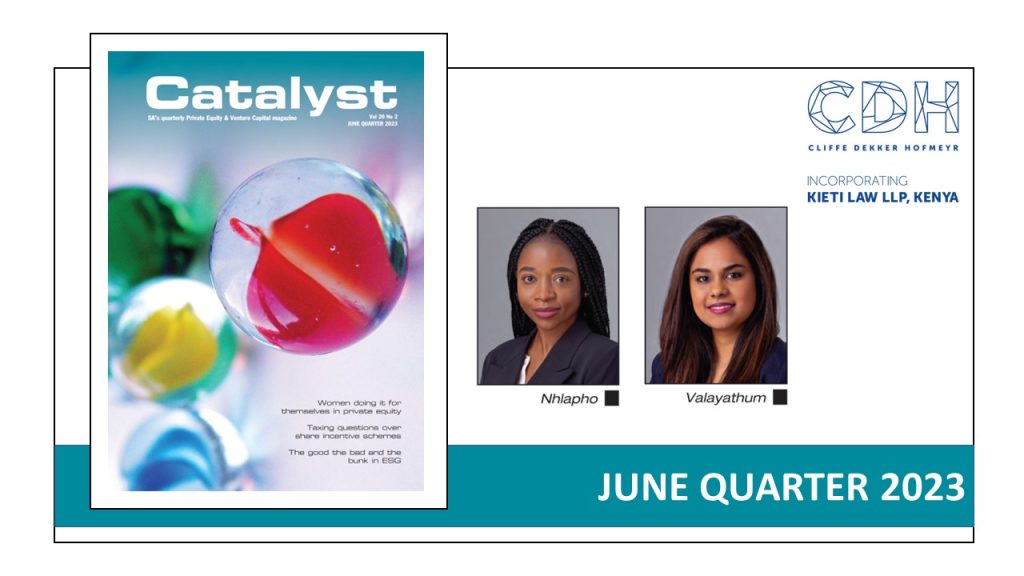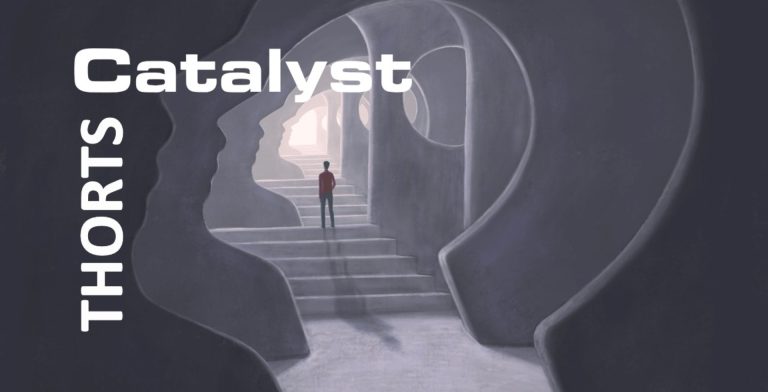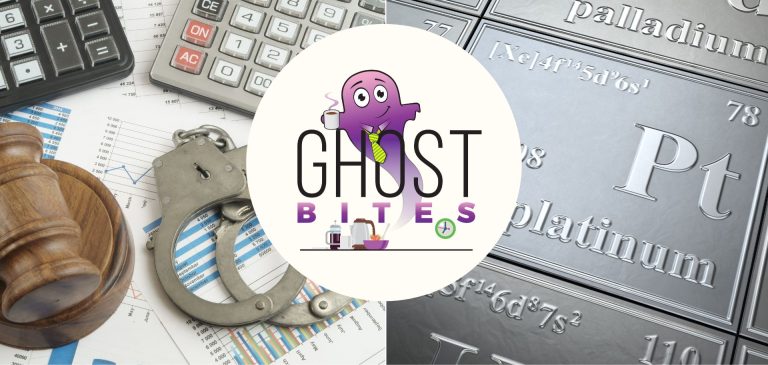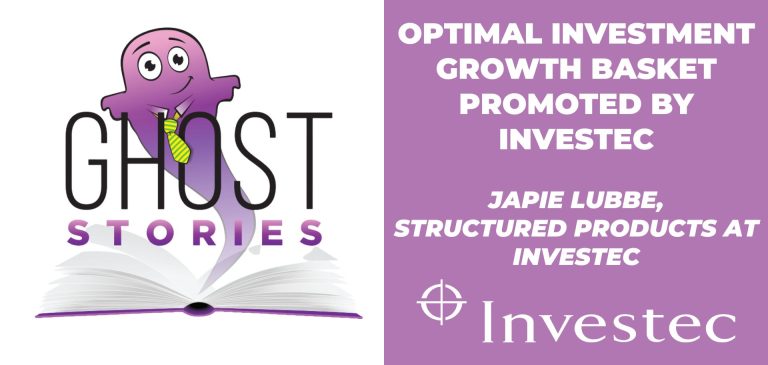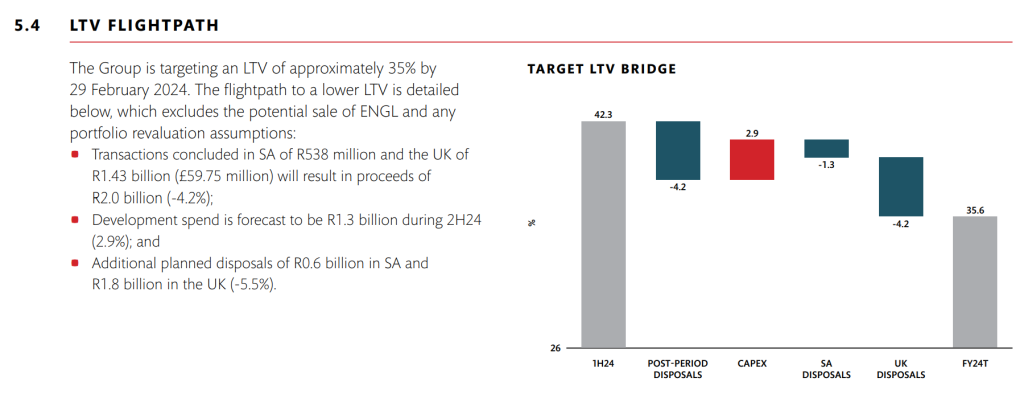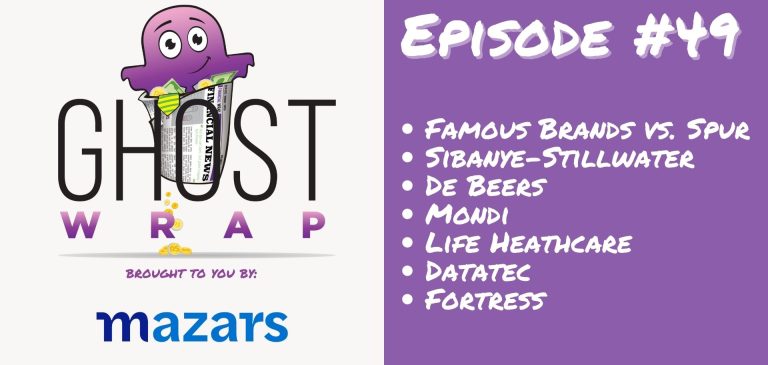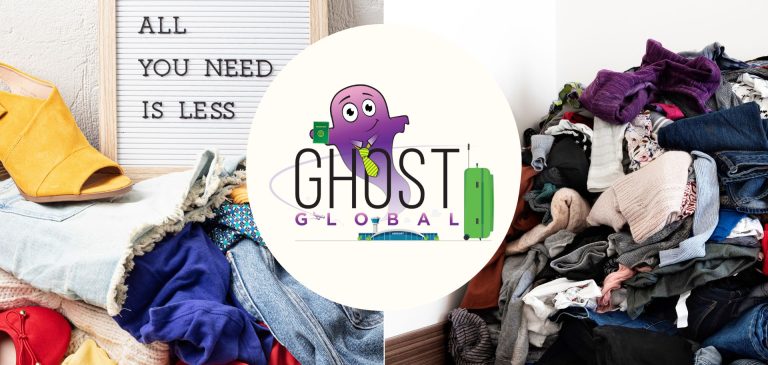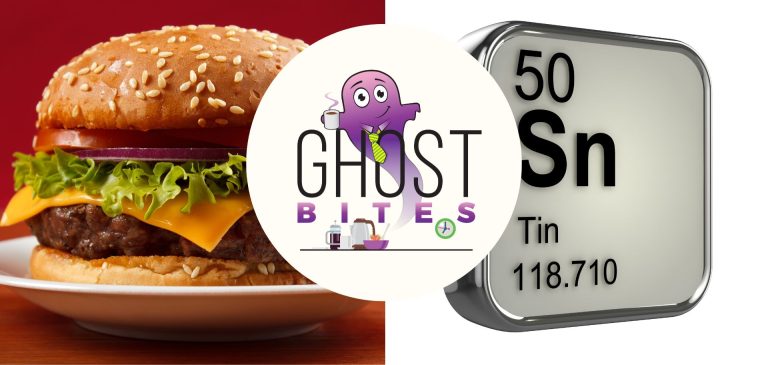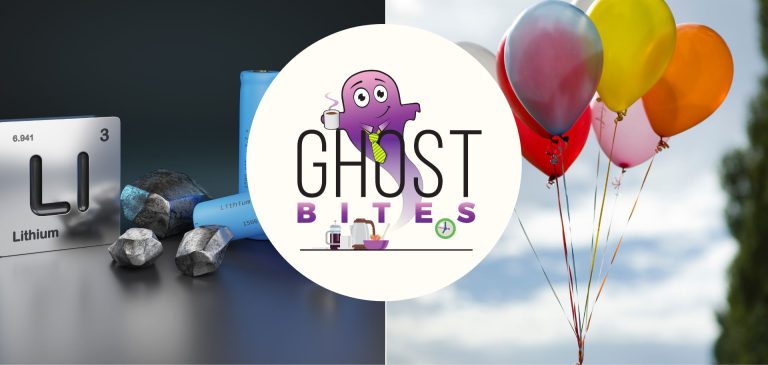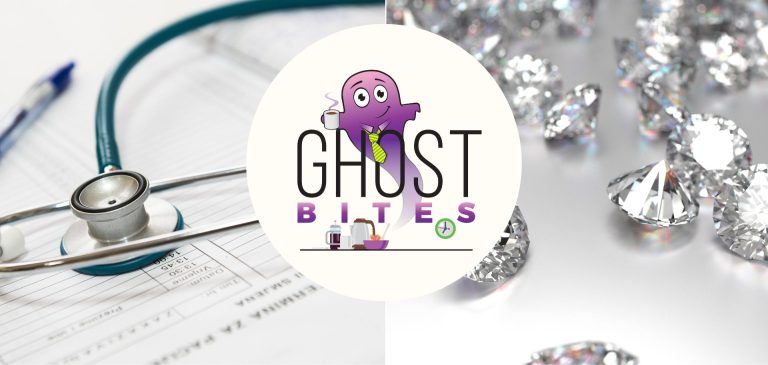Listen to the latest episode of Ghost Wrap here, brought to you by Mazars:
I stand by my view on natural vs. lab-grown diamonds (JSE: AGL)
De Beers is investing an additional $20 million in natural diamond marketing
As many of you will know, I write a weekly column for the excellent Financial Mail publication. A couple of months ago, I wrote about my views on the diamond industry facing a similar type of disruption to the quartz crisis that hit the Swiss watchmaking industry a few decades ago. This was based on the research I did on Swatch for Magic Markets Premium. The similarities are clear for me. If you’re a Financial Mail subscriber, you can read it here.
The latest update from De Beers (part of Anglo American) has done nothing to change my mind. Diamond sales have been dropping for the past couple of sales cycles. My opinion is that lab-grown diamonds offer an excellent alternative for consumers who are facing numerous pressures. When you only have a certain budget for the ring, wedding and honeymoon, it’s perfectly reasonable to assume that a significant percentage of couples will choose to focus on the latter two. After all, only an absolute expert can tell the difference between lab-grown and naturally mined diamonds. And whether you agree with the logic or not, the lab-grown diamonds are seen as ESG-friendly. This matters to the younger generation, which also happens to be the generation getting married at the moment.
Rough diamond sales are down to $200 million in Cycle 8 of 2023. That’s way off $370 million in Cycle 7 of 2023 and barely 40% of what was achieved in Cycle 8 of 2022 ($508 million). There’s a long story about how they reduced availability in this cycle to help establish equilibrium in supply and demand. Looking through the narrative, the reality is clear to me: demand has dropped.
If you need further convincing, De Beers is investing $20 million in natural diamond marketing during the holiday season.
I’m not suggesting that natural diamonds are dead. Not at all. I’m merely pointing out that this is a luxury good that has been masquerading as an affluent good for far too long. It makes perfect sense to me that lab-grown alternatives should be doing well in this economic climate.
The question to ask isn’t whether lab-grown is going to steal market share, but rather whether De Beers can adapt its business accordingly.
Datatec expects strong growth in HEPS (JSE: DTC)
And before you point out the rand weakness, HEPS is measured in US dollars
Datatec is sounding upbeat, noting strong demand for its solutions and services across the various global markets in which it operates. Interestingly, the group also references ongoing supply chain challenges, something that we aren’t seeing too often anymore.
All divisions have grown in the six months to August 2023, although Logicalis Latin America is still struggling with currency weakness and hyperinflation in Argentina.
The company reports earnings in dollars. This makes it even more impressive that HEPS for the period is up by between 29.8% and 38.3%.
The share price is trading roughly in line with where it was just before the pandemic.
Fortress has a solution for the dual-class structure (JSE: FFA | JSE: FFB)
The trick is to use a portion of the investment in NEPI Rockcastle
If you’ve been following the Fortress story, you’ll know that the company used to be a REIT. It lost that status thanks to a dual-class structure in its shares, which meant it failed the rules around distributions. Previous attempts to solve the issue were unsuccessful, with shareholders voting against them.
There’s now a new proposal on the table, with the intention being to repurchase and cancel all FFB shares in exchange for shares in NEPI Rockcastle. Fortress currently has a 23.9% shareholding in NEPI Rockcastle and the fund is popular with investors at the moment, so this isn’t a bad choice of carrot to try and get the deal across the line.
With that said and done, the FFA shares would then be converted to have the same terms as the FFB shares.
Although the eventual premium to VWAP would vary based on the relative share prices of Fortress and NEPI Rockcastle, the offer to FFB shareholders is roughly a 25% premium to the 90-day VWAP. It’s a 9.9% premium to the 30-day VWAP.
Non-binding letters of support have been received from holders of 40.7% of the FFA shares and 51.9% of the FFB shares.
Kibo Energy accepts more shares in Mast Energy Developments (JSE: KBO)
The nervousness remains around the proposed joint venture at MED
Kibo Energy has accepted MED shares as partial settlement of the total amount owed by MED to Kibo’s wholly-owned subsidiary, Kibo Mining in Cyprus.
This represents £469,000 worth of the loan. The remaining outstanding amount is £762,535. Following this partial settlement, Kibo Energy will hold 56.02% in MED.
The concern is that MED may need more funds to complete the previously announced joint venture, a deal that has suffered delays. There’s a lot to be nervous about here, which is just one of the reasons why Kibo trades at two cents per share.
Life Healthcare finally announces a deal for Alliance Medical Group (JSE: LHC)
These negotiations have been going on for months
After several months of trading under cautionary announcements, Life Healthcare has confirmed that it will sell 100% of Alliance Medical Group to entities advised by iCON Infrastructure LLP. The enterprise value is roughly R21.3 billion and the cash proceeds are around R13.9 billion.
The net assets of the business were almost R14 billion as at the end of March 2023. Profits for the six months to March were R25 million. That profit number seems incredibly low so I’ll wait until the circular comes out to fully understand how the purchase price was calculated.
Life Healthcare needs to settle offshore debt and transaction costs and will keep some of the cash for growth. An amount of R8.4 billion has been earmarked for a special distribution to shareholders. For reference, Life’s market cap is R29 billion.
This has been a reasonable story for Life Healthcare, having acquired 95% of the asset in 2016 based on an enterprise value of £760 million (R16 billion) to £800 million (R16.8 billion). Alliance Medical Group’s revenue has grown by 63% in the past six years, measured in GBP. In the year ended September 2022, it contributed 27.2% of the group’s revenue.
This is a category 1 transaction and a circular will be sent to shareholders.
Newpark: cash up, property valuations down (JSE: NRL)
There’s no liquidity, but we can still learn things from this company
Newpark operates a highly focused REIT. It has only four properties, including the JSE building and 24 Central in Sandton. I have many clear memories of that precinct and a few that are blurry at best, mainly thanks to the banker-friendly bar in 24 Central.
The other properties are somewhat less glamorous, including one in Linbro Business Park and another in Crown Mines.
Glamour doesn’t matter, but profits do. Cash profits (measured as funds from operations per share) increased by 28.9%, driving an increase in the dividend for the six months to August 2023 of 40%. That’s a very healthy outcome.
Headline earnings tells a different story, as this is impacted by a negative fair value movement of R70 million related to the JSE building. HEPS fell by 24.7%. Importantly, the loan-to-value is down slightly to 33.3%, a perfectly acceptable level.
The guidance for full year funds from operations per share is growth of between 13.62% and 25.58%. These are weirdly precise numbers at either end of a range! The full-year dividend is expected to be between 5% and 15% higher, so the big jump in the interim dividend won’t repeat in the full year dividend. This is because of planned capital expenditure.
There is far more liquidity at 24 Central than in Newpark stock, so it’s very unlikely that you can get your hands on this company
Little Bites:
- Director dealings:
- There were extensive sales by directors of Truworths (JSE: TRU) on Thursday. The announcement is a little vague, as most (but not all) of the sales are to cover the tax or debts related to vested shares. There were sales to “rebalance the investment portfolios” of the directors but we aren’t sure by how much.
- Delta Property Fund (JSE: DLT) has announced that Sibongile (Bongi) Masinga has been appointed as CEO of the company for a period of three years. She has had a couple of stints as interim CEO of the company since 2020. The focus is firmly on selling down properties and keeping funders at bay. It’s definitely not an easy task.
- DRA Global (JSE: DRA) announced several changes to the board all at once. It’s not good seeing three directors resign with immediate effect.
